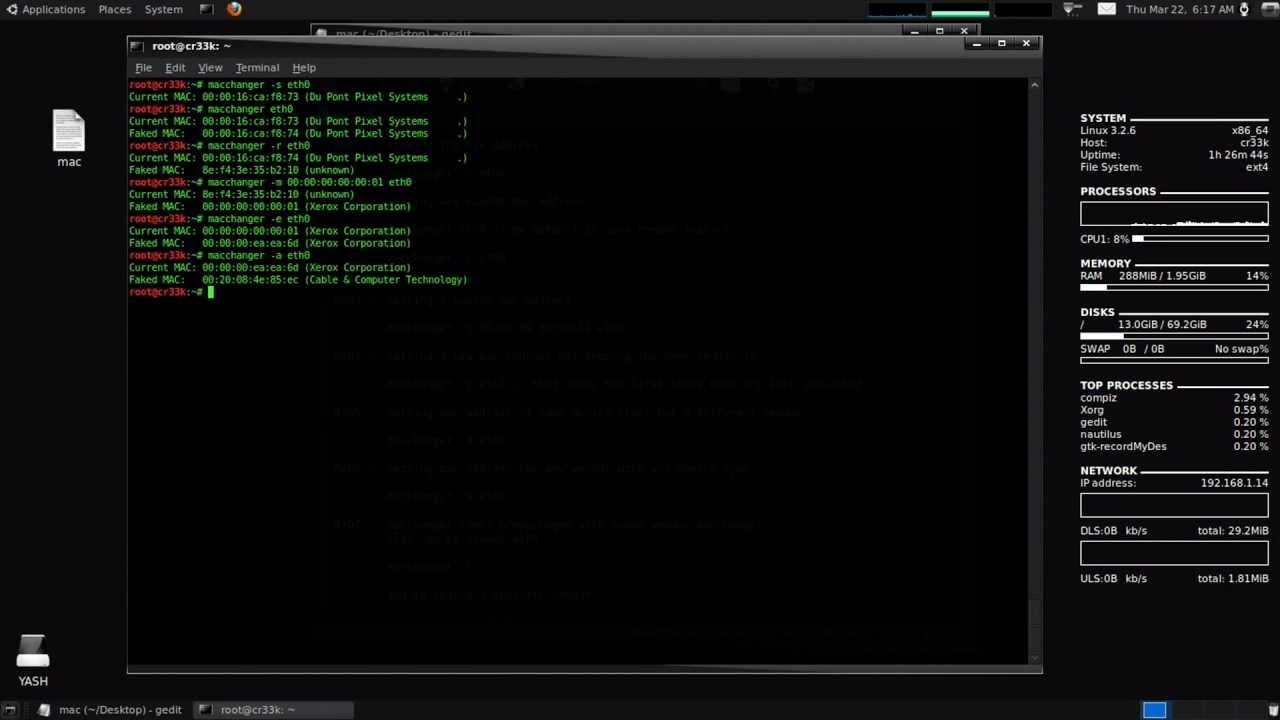

Host C can poison the ARP caches of the device, host A, and host B by broadcasting two forged ARP responses with bindings: With a binding for a host with the IP address IB and the MAC address MB. When host B responds, the device and host A populate their ARP caches The ARP request, they populate their ARP caches with an ARP binding for a host with the IP address IA and a MAC address MA įor example, IP address IA is bound to MAC address MA. Host B, it broadcasts an ARP request for the MAC address associated with IP address IB. Their IP and MAC addressesĪre shown in parentheses for example, host A uses IP address IA and MAC address MA. Hosts A, B, and C are connected to the device on interfaces A, B, and C, which are on the same subnet. Spoof attacks can also intercept traffic intended for other hosts on the subnet. Sending false information to an ARP cache is known as ARP cache poisoning. After the attack,Īll traffic from the device under attack flows through the attacker’s computer and then to the router, switch, or host.Īn ARP spoofing attack can affect hosts, switches, and routers connected to your network by sending false information to theĪRP caches of the devices connected to the subnet. All hosts within the broadcast domain receive the ARP request, andĪRP spoofing attacks occurs because ARP allows a reply from a host even if an ARP request was not received. The MAC address associated with the IP address of host A. To get the MAC address of host A, host B generates a broadcast message for all hosts within the broadcast domain to obtain

To send information to host A but does not have the MAC address of host A in its ARP cache.

Information About ARP Spoofing and Flood AttackĪRP provides IP communication within a broadcast domain by mapping an IP address to a MAC address. Example: Preventing ARP Spoofing and Flood Attack.How to Prevent ARP Spoofing And Flood Attack.Information About ARP Spoofing and Flood Attack.


 0 kommentar(er)
0 kommentar(er)
